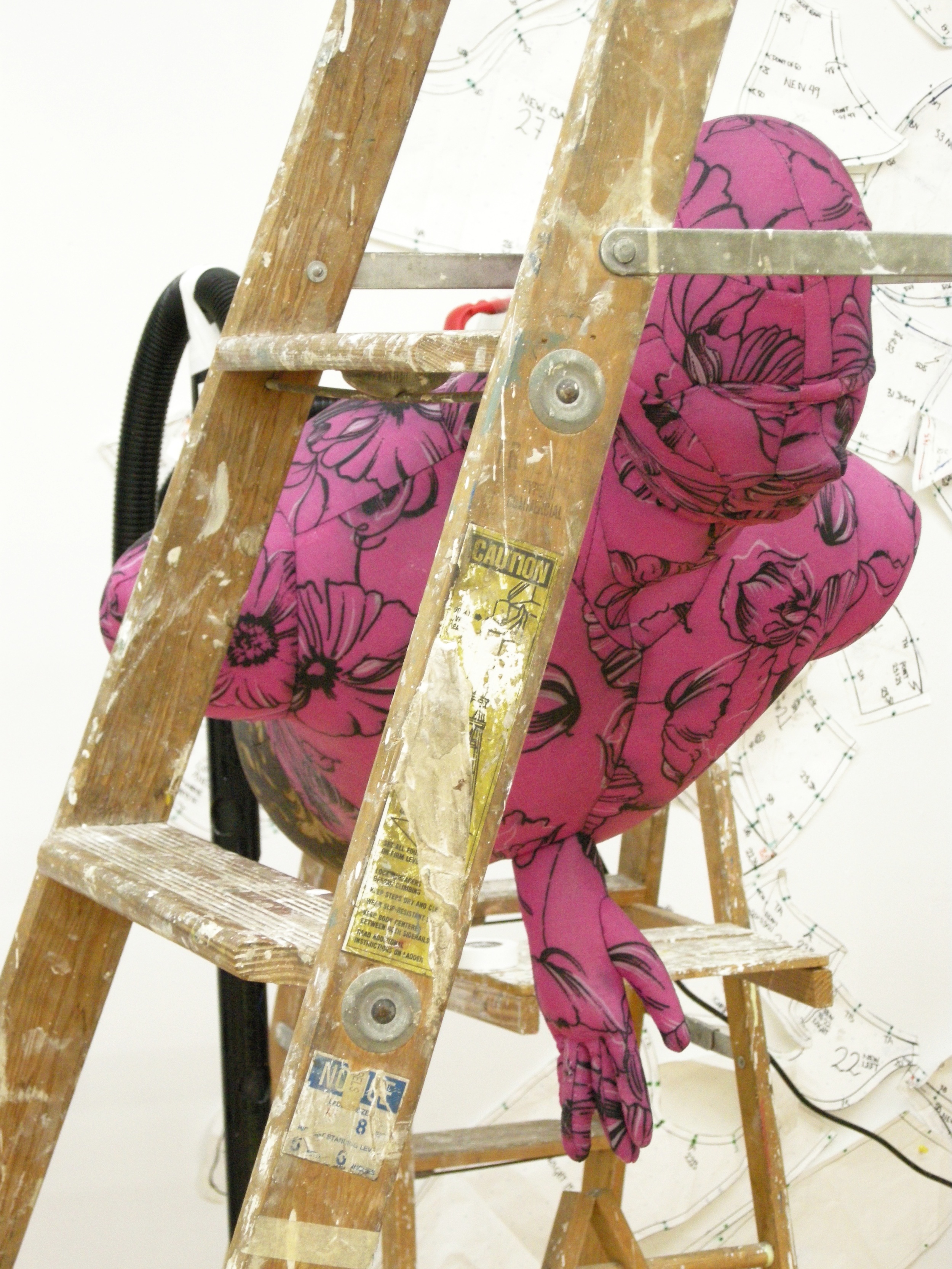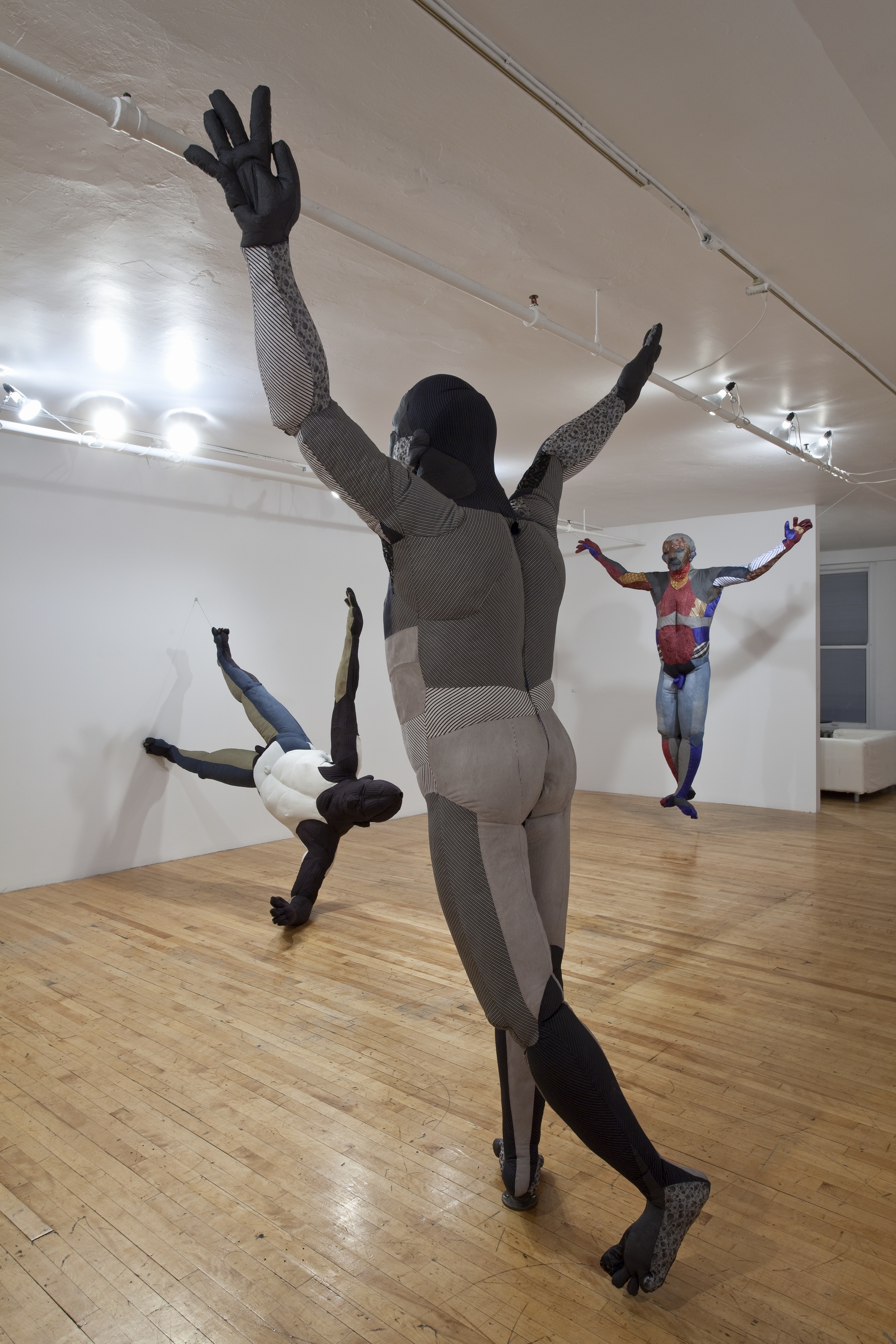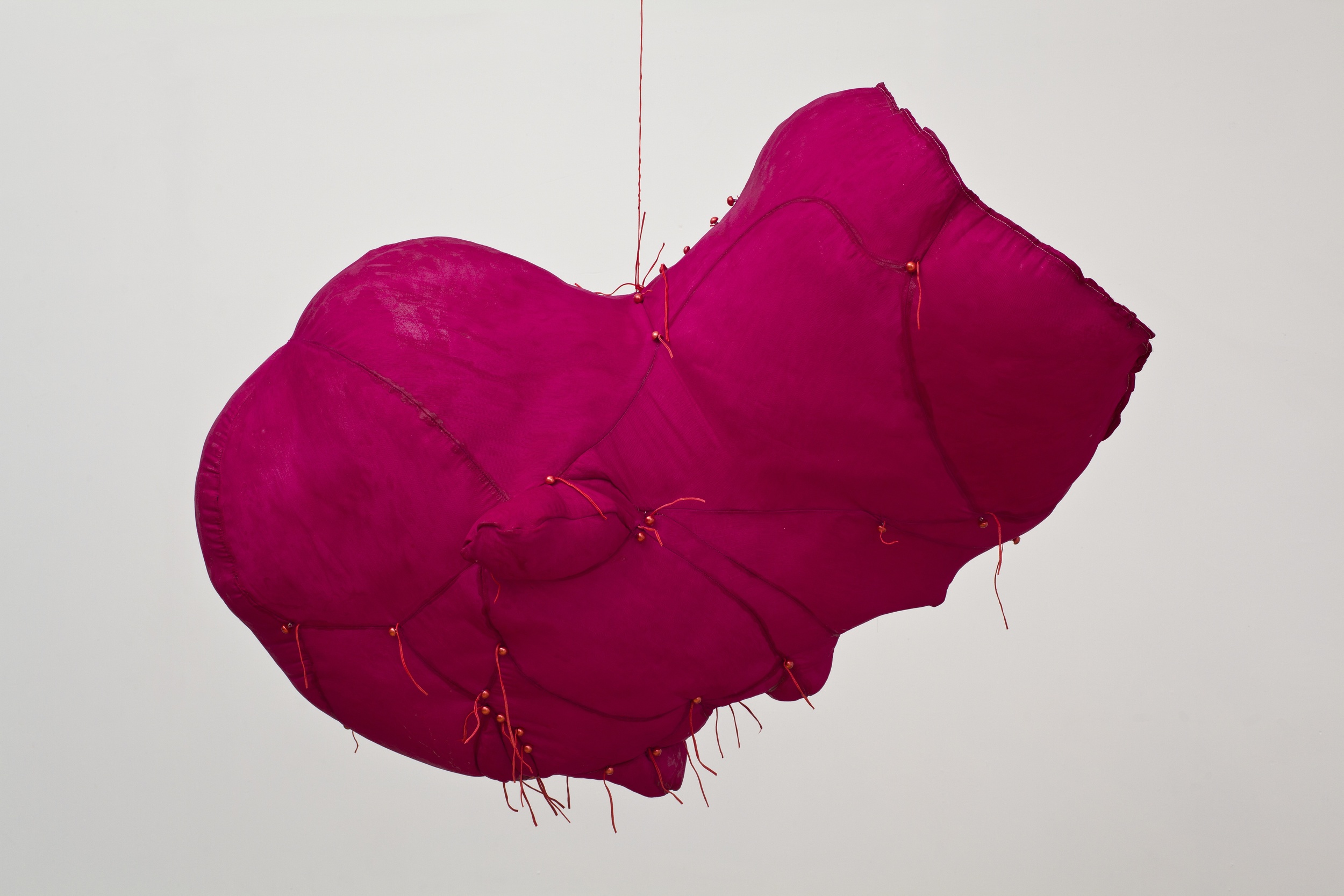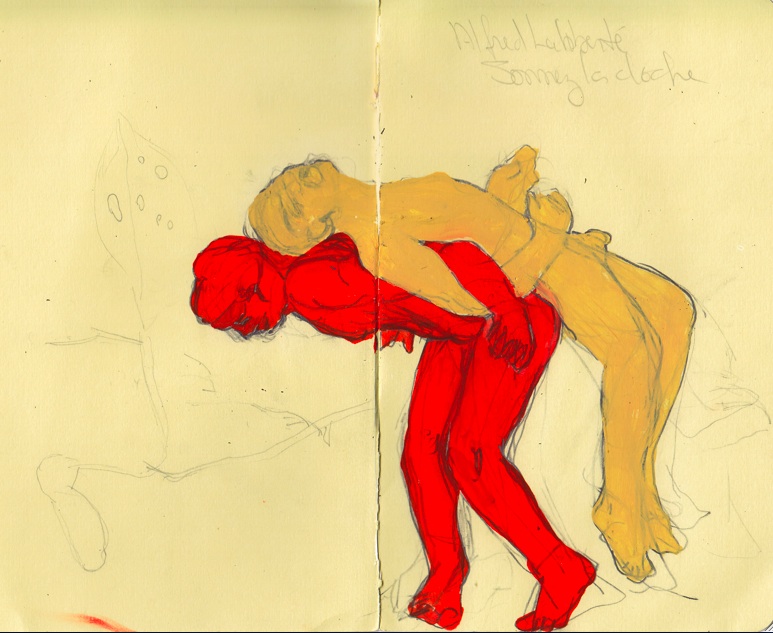Stephen Schofield
Curated by Richard Tuttle
September 8 - October 13, 2012
Opening reception: Saturday, September 8, 6-8pm
Stephen Schofield has presented, at different times, drawings, sculptures and performances across Canada: at the Power Plant, the Southern Alberta Art Gallery, the Art Gallery of Mississauga, le Musée d'art contemporain de Montréal, the Montreal Biennial, the National Gallery of Canada, Dalhousie Art Gallery as well as the Musée nationale des Beaux-arts du Québec. In France he has had solo exhibitions at the CAC de Vassivère, L'Aquarium and the CREDAC and in New York he has shown in individual and group shows at the Sculpture Centre, White Columns, John Weber Gallery and Horodner Romley Gallery. Recently he has started to present outdoor sculptures at the Toronto Sculpture Garden in 2002 and in Artefact 2007 on l'Ile Ste-Hélène in Montréal. His work in in major public and private collections. He was awarded the Louis Comtois Prize of the City of Montréal in 2005 and the Canada Council studio at ISCP, New York in 2008.
Richard Tuttle is one of the most significant artists working today. Since the mid-1960s, he has created an extraordinarily varied body of work that eludes historical or stylistic categorization. Tuttle's work exists in the space between painting, sculpture, poetry, assemblage, and drawing. He draws beauty out of humble materials, reflecting the fragility of the world in his poetic works. Without a specific reference point, his investigations of line, volume, color, texture, shape, and form are imbued with a sense of spirituality and informed by a deep intellectual curiosity. Language, spatial relationship, and scale are also central concerns for the artist, who maintains an acute awareness for the viewer's aesthetic experience.
Tuttle has been the subject of hundreds of solo exhibitions since 1965, including numerous museum surveys, ranging from his first, at the Whitney Museum of American Art in 1975, to more recently, a two-year travelling retrospective organized by the San Francisco Museum of Modern Art (2005-2007). Tuttle has also been included in the prestigious group exhibitions, the Venice biennale (1976, 1997, 2001) and the Whitney Museum of American Art Biennial (1977, 1987, 2000). His work is held nearly every major collection worldwide, including in Europe at the Stedelijk Museum, Amsterdam; the Centre Pompidou, Paris; and Kunstmuseum Winterthur, Switzerland; the Hirshhorn Museum and Sculpture Garden, Smithsonian Institution, and the National Gallery of Art in Washington, D.C., and The Metropolitan Museum of Art and The Museum of Modern Art in New York, among many others.
Tuttle will be the Artist in Residence at the Getty Research Institute from September 2012-June 2013. A solo exhibition of his work will be on view at Pace this fall, which has represented the artist since 2007. The artist lives and works in Mount Desert, Maine; Abiquiu, New Mexico and New York City.
ARTIST'S STATEMENT
Slyboot's Promise
These pieces are all skin and bones and, at least at the beginning, a lot of hot air. The materials are flexible and liquid: cloth soaked in sugar water. Thin, light and of little substance, these sculptures are a gang of sly boots.
Although some of them are really big guys, they are all in the end just surface and illusion. That said, they are stiff, not stuffed; tight and tonic not soft or embryonic like street inflatables, so something must be at work to make these pieces stand, float and leap off the wall, floor, and ceiling as they do.
The strength and promise of these pieces depends on the interactions of the weight of the cloth, the cut of the patterns, the choice of seam, the concentration of the sugar water solution and the circulation of air. With the right balance, the sugar reinforces the seams so they can act as bones and binds the fibres so the cloth can hold the gestures of the figures. In fact, once the pieces are set, they are remarkable resistant.
Since I started this work during a residency at the International Studio and Curatorial Programme in New York in 2008, I've come to realise that making these slyboots is a complex and contradictory matter. Complex, because most of the figures are a patchwork of over one hundred and seventy separate pieces of cloth and contradictory, because I consider each piece of cloth as both clothing and body, the assembly of pieces as sculpture and effigy and when I step back, I see the group of works as both classical nudes and superheroes.
Perhaps they are so complex and contradictory because I first created the patterns by drawing directly on my companion's body - Michel Daigneault - the different muscle groups to transfer them unto pattern paper only to adjust and exploit the potential and promise of each variable: cloth, cut, seam, mix and air in order to make the cloth be true.
en français
Slyboots : La promesse
Ces pièces sont toutes de peau et d'os et, au début du moins, de beaucoup d'air chaud. Les matériaux sont souples et liquides : du tissu trempé dans de l'eau sucrée. Fines, légères et de consistance délicate, ces sculptures forment un groupe de petits malins.
Bien que certains d'entre eux soient plutôt bien baraqués, ils ne sont finalement qu'enveloppe et illusion. Malgré leur apparence, ils ne sont pas rembourrés, mais rigides, compacts et toniques, contrairement aux structures gonflables molles et embryonnaires qu'on peut voir dans la rue. Il doit donc y avoir quelque chose pour faire tenir ces pièces, les faire flotter et bondir du mur, du plancher et du plafond comme elles le font.
La force et la promesse de ces pièces dépendent des interactions entre le poids du tissu, la coupe des modèles, le choix du point de couture, la concentration de la solution à base de sucre et d'eau, et la circulation de l'air. Lorsque le tout est bien équilibré, le sucre renforce les coutures de sorte qu'elles puissent agir comme une ossature, et il cimente les fibres pour que le tissu puisse tenir les positions imposées aux personnages qui, une fois installés, sont remarquablement résistants.
Depuis que j'ai amorcé ce travail à titre d'artiste en résidence à l'International Studio and Curatorial Program à New York, en 2008, j'ai pris conscience que la création de ces personnages futés est une démarche complexe et contradictoire. Complexe parce que la plupart des personnages sont composés d'une mosaïque de plus de 170 pièces de tissu distinctes, et contradictoire parce que je considère chaque pièce de tissu à la fois comme le vêtement et le corps, et l'assemblage des pièces comme une sculpture et une effigie; lorsque je prends du recul, je vois le groupe d'œuvres à la fois comme des nus classiques et des superhéros.
Peut-être sont-ils à ce point complexes et contradictoires parce que j'ai d'abord créé les modèles en dessinant les différents groupes de muscles directement sur le corps de mon compagnon, Michel Daigneault, avant de les transférer sur un papier à patron, pour adapter et exploiter le potentiel et la promesse de chaque variable - le tissu, la coupe, la couture, le mélange et l'air - de manière à permettre au tissu de rendre compte de la vérité.
CURATOR'S STATEMENT
The Fuller Void
Seeing Stephen Scofield's work in Toronto at the National Textile Museum in 2010, was moving the way good art should be and seldom is. I was moved because of its testimonial aspect, perhaps because I felt drawn to witness, myself, having suffered close proximity to the many 9/11 victims too quickly cremated, or more generally because anyone, who has lived, need memorializing in this way.
It is also a comment on life- a floating, horizontalizing, air form, all the more prescient for how it's formed; every detail (down to what molecule?) bespoke the intensity of its expression, though I'm not sure Stephan would want to acknowledge all that I saw, or see- so it is with the personal, and maybe why he is not better known as an artist?
Rare to find someone who has something to say, we are lucky to have his work, that he has found a way, and the means to display what he must feel ardently needs it. A work of voice- unusual in the purely visual arts- its extraordinary fulfillment sits besides the fuller void.
en français
Le vide comblé
Le fait de voir le travail de Stephen Schofield au Textile Museum de Canada en 2010 constitua pour moi un moment émouvant, comme devrait l'être - mais comme l'est rarement - l'art de qualité. Je fus ému par ce travail faisant œuvre de témoignage, peut-être parce que je me sentais appelé à constater les choses par moi-même, ayant vécu de près la souffrance associée à ces nombreuses victimes du 11 septembre trop rapidement incinérées, ou peut-être, plus généralement, parce que toute personne ayant vécu se doit d'être commémorée de cette façon.
Il y avait également là un commentaire sur la vie - une forme aérienne, flottante, horizontalisante, presciente de la façon dont elle a été formée. Chaque détail (jusqu'à quelle molécule?) venait témoigner de l'intensité de son expression - bien que je ne sois pas certain que Stephen serait prêt à reconnaître tout ce que j'y ai vu, ou y vois. Nous sommes ici dans la sphère du personnel - peut-être est-ce là la raison pour laquelle il n'est pas plus connu en tant qu'artiste?
Il est rare de rencontrer une personne ayant quelque chose à dire. Nous sommes choyés de pouvoir apprécier ses œuvres, choyés qu'il ait trouvé une façon et les moyens d'exposer ce qui, juge-t-il sans doute, doit nécessairement être exposé. Un travail de la voix - inhabituel dans le monde des arts purement visuels - dont l'extraordinaire accomplissement se tient aux côtés du vide comblé.
View CATALOGUE
YOUNG ART CRITICS: Jake Moore on Stephen Schofield






